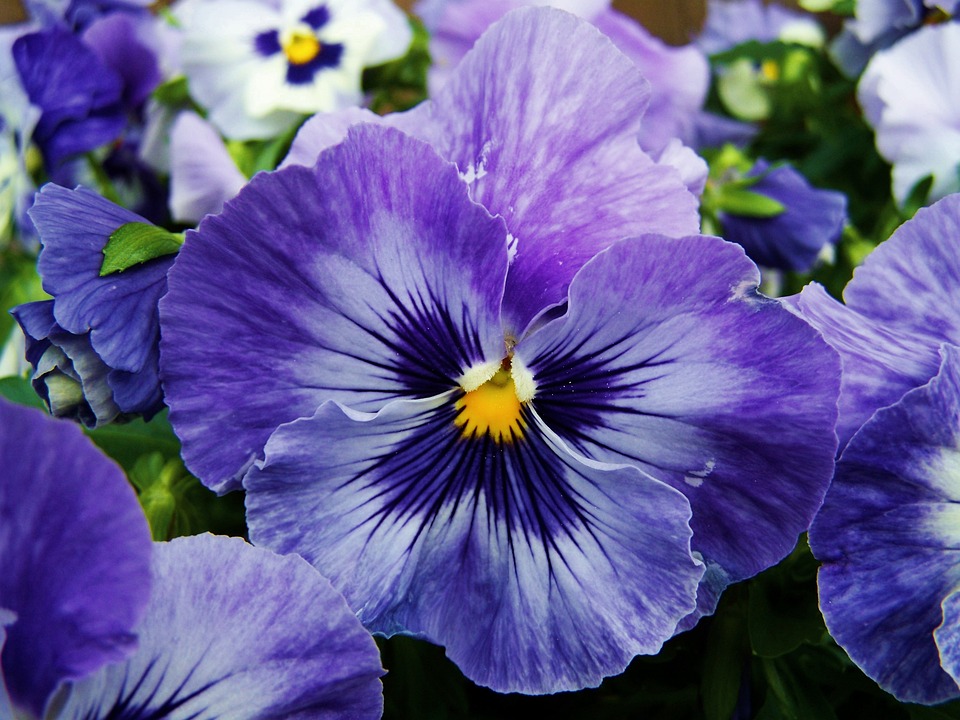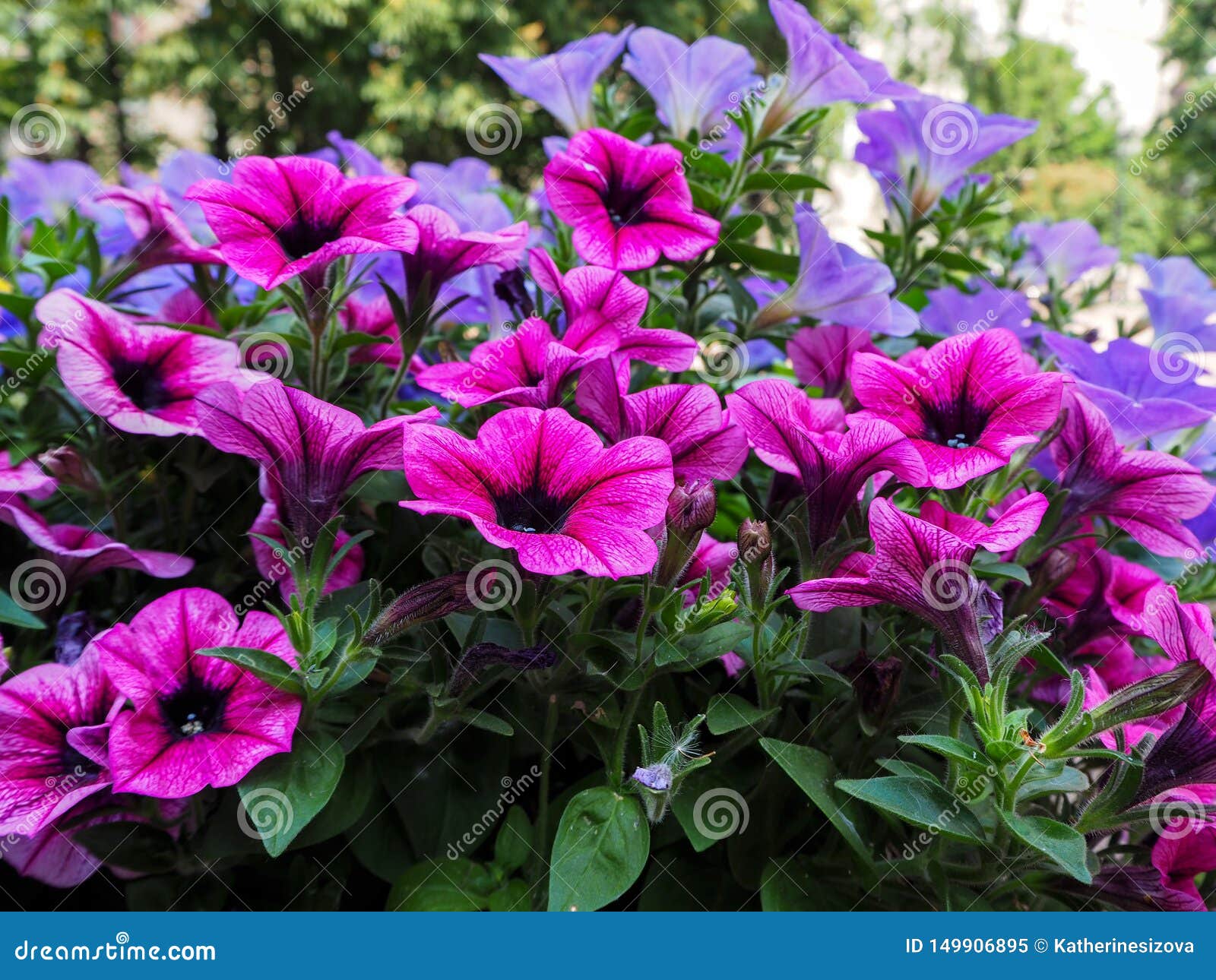

Purple robe locust trees are among the easiest to grow on this list. The purple robe locust is limited to the month of May for its blooms. The long clusters of purple flowers resemble wisteria blooms as they delicately dangle from branches. Well-drained soil works best.įeaturing clusters of delightfully fragrant flowers, the purple robe locust is a fast-growing tree that is hardy and easy to grow. Soil: The preferred pH level is similar to the purple orchid at neutral 7.5 or slightly acidic.Water: Crape myrtles prefer humid climates and can handle drought once they’re established in the ground.
#Blue and purple flowers full

Midsummer is when you’ll enjoy the full flowers of crape myrtles, which can bloom in colors including red, magenta, pink, purple, lavender, and white. Crape myrtle trees are low-maintenance and can handle a hot and humid summer just as well as a cold winter. Another version you may come across is the Japanese crape myrtle, Lagerstroemia faurei, which can handle cold environments and is resistant to disease. The crape myrtle tree features hundreds of varieties, and the most common of these is the Lagerstroemia indica. Soil with a pH above 7.5 will be too alkaline. The pH of your soil should be below the neutral level of 7.5.

Due to a deep root system, you do not need to worry about surface roots popping up. If you’re in one of these zones, you can plant a purple orchid tree in nearly any location. These zones encompass most of California, Nevada, Arizona, parts of New Mexico, Texas, and southern states ranging as far north as Tennessee and North Carolina. Department of Agriculture plant hardiness zone scale. Purple orchids grow best in zones nine to eleven on the U.S. The purple orchid can be perfectly paired with the Jacaranda to keep flowers blooming throughout the changing seasons. The blossoms on a purple orchid can grow to five inches wide and feature purple and lavender petals that look like an orchid flower.įlowers from the purple orchid begin to appear in September and bloom into November. The purple orchid is a fast-growing tree that can mature to as large as 35 feet in both height and width. Soil: Jacarandas prefer fertile soil that is well-drained but still moist.They require consistent water intake throughout the year and need special attention during dry periods. Water: Don’t be shy about watering your Jacaranda.Smaller trees can still grow in light shade if full sun is not available. Sun: To maximize your Jacaranda’s size and blooms, provide it with the maximum amount of sun.The lowest temperatures most Jacaranda trees can handle is 40 degrees Fahrenheit. In the United States, Florida, Texas, and California are areas where Jacaranda can thrive, but they are not limited to those three states. Not everyone can grow a Jacaranda tree because they only grow well in specific environments.

But in most areas, blooming begins in late spring and can carry into early summer. In warmer climates, the Jacaranda can bloom at any time. The blooms from a Jacaranda are shaped like a trumpet and are tightly bunched together in sweet-smelling clusters. This tree can grow more reasonably between six to 12 feet tall and four to eight feet wide. Indigenous Jacaranda trees in Argentina and Bolivia can grow as tall as 50 feet high and 30 feet wide.Īnother type of Jacaranda that is indigenous to Brazil and Mexico is called the Jacaranda jasminoides. Jacaranda trees are native to the tropical rainforests of South and Central America. JacarandaĪlso known as the Brazilian rosewood and blue trumpet tree, the Jacaranda is a gorgeous tropical specimen and one of the most admired purple-flowering trees in the world. So to highlight the picturesque purple flower, below is a list of seven purple-flowered trees that you can grow in your garden. While reds, pinks, and blue colored flowers can also mesmerize the eye, the vivid splash of color provided by a purple flower can outshine other shades. There is something about a purple flower that distinguishes it from the beauty of other colorful buds.


 0 kommentar(er)
0 kommentar(er)
